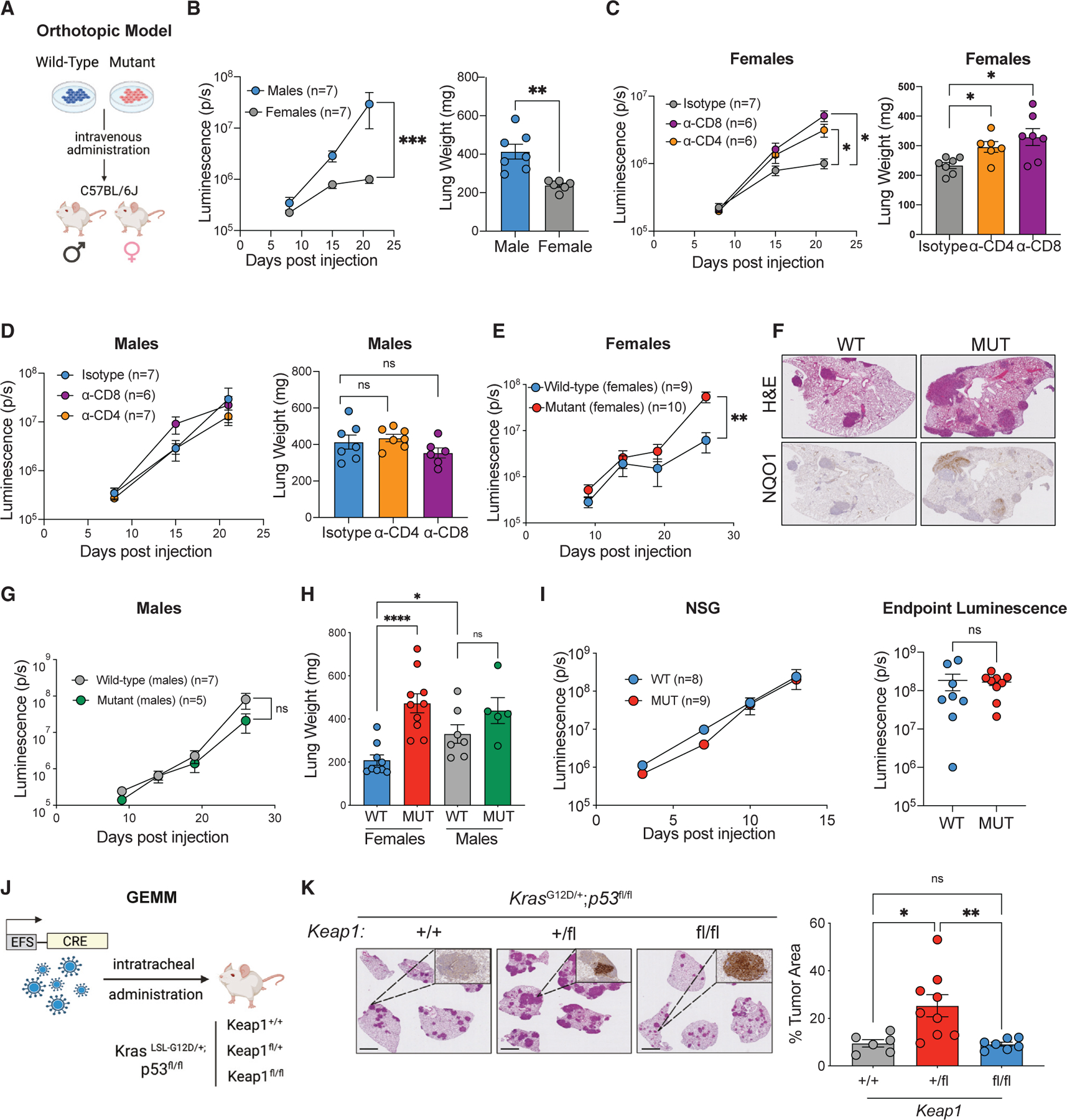Figure 1. Loss of Keap1 promotes immune evasion and accelerated tumor growth in a novel antigenic model of LUAD.

(A) Schematic of our antigenic H-Y-driven orthotopic mouse model.
(B) Growth kinetics (left) of male KP tumors established in female or male hosts with endpoint lung weights (right).
(C) Growth kinetics (left) of male KP cells grown in female hosts following antibody-mediated depletion of CD4 or CD8 T lymphocytes with endpoint lung weights (right).51
(D) Growth kinetics (left) and endpoint lung weights (right) of male KP cells injected into male hosts following antibody-mediated depletion of CD4 or CD8 T lymphocytes.
(E) Growth kinetics of Keap1 wild-type and mutant KP cells in females.
(F) Representative images of H&E and NQO1 immunohistochemical staining of Keap1 wild-type and mutant KP tumors in female hosts.
(G) Growth kinetics of Keap1 wild-type and mutant KP cells injected into male hosts.
(H) Lung weight measured on day 26 in female and male mice bearing Keap1 wild-type and mutant tumors.
(I) Growth kinetics (left) and endpoint luminescence (right) of Keap1 wild-type and mutant male cells injected into immunodeficient (NSG) female mice.
(J) Schematic of KP Keap1+/+, Keap1fl/+, or Keap1fl/fl GEMM mice infected with 20K TU Cre-expressing lentivirus.
(K) Representative H&E and NQO1 immunohistochemical staining of Keap1+/+, Keap1fl/+, and Keap1fl/fl KP tumors and tumor area quantification of mice infected with Cre-expressing lentivirus and sacrificed 3.5 months post infection. Scale bars, 2 mm. Each experimental subgroup had n ≥ 6 mice. Each symbol represents an individual mouse. *p < 0.05; **p < 0.01; ***p < 0.001; ***p < 0.0001.
